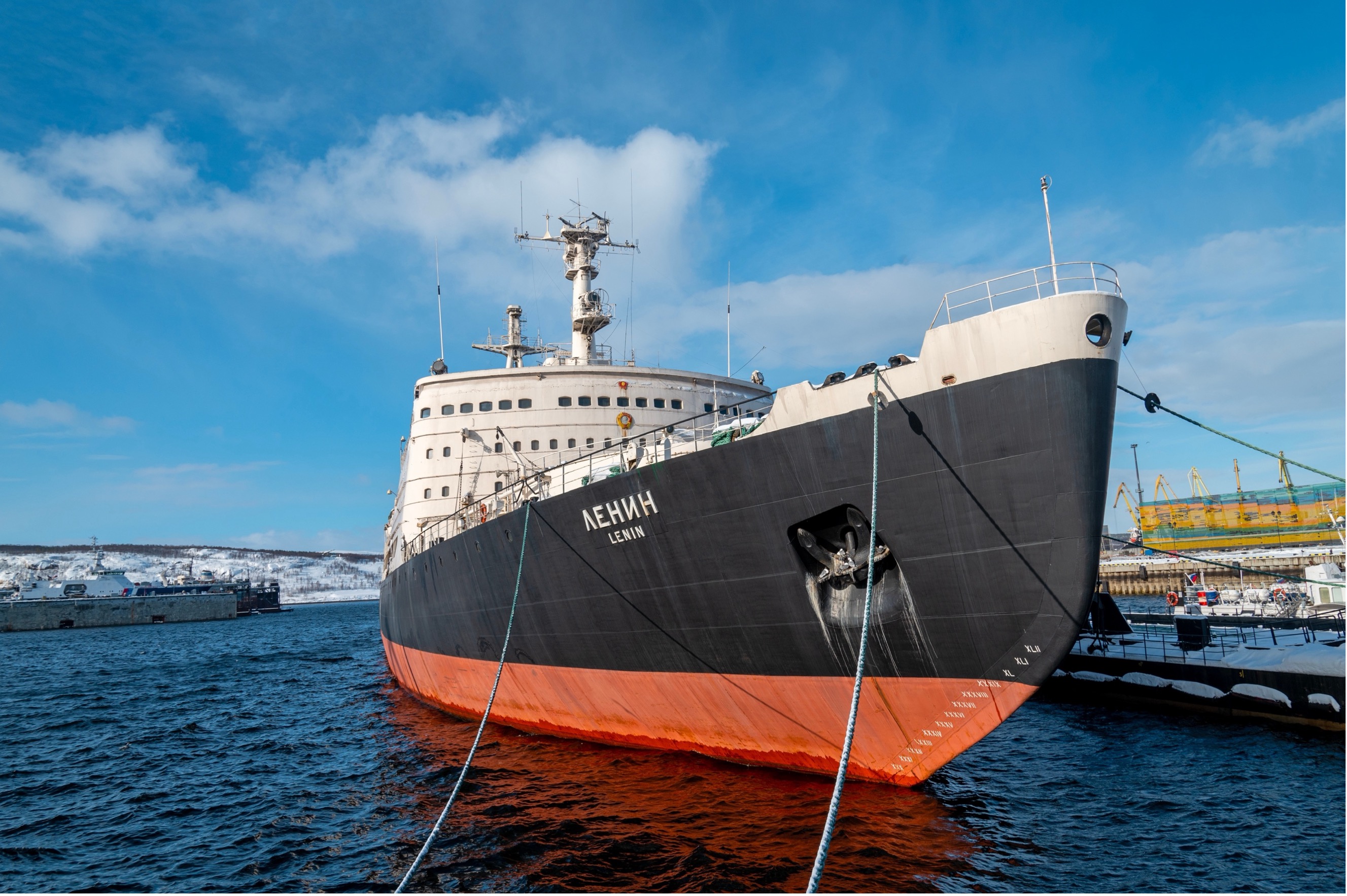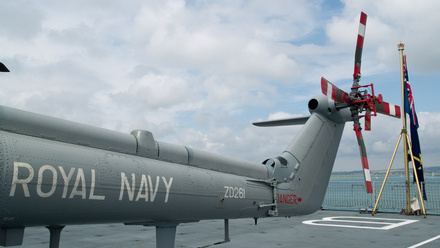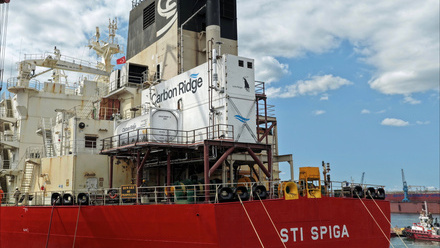Experts' latest responses as IMO’s climate deal sets course for net zero shipping
Net-zero Framework is ‘the first to combine mandatory emissions limits and GHG pricing across an entire industry sector’, but not all are fully on board just yet.
At a time when the net zero agenda faces new headwinds around the world, the shipping industry continues to follow a compass heading to a more sustainable future. Draft regulations for the IMO’s Net-zero Framework were approved by its Marine Environment Protection Committee (MEPC) in April 2025 after ten years of negotiations.
The measures, which include a new fuel standard for ships and a global pricing mechanism for emissions, will be sent for formal adoption in October. They would then be entered into force in 2027 for large ocean-going ships over 5,000 gross tonnage, which emit 85% of the total CO2 emissions from international shipping.
Under the Net-zero Framework, owners of large international vessels will have to report their carbon emissions and increase their use of less carbon intensive fuels or face a penalty of up to $380 per tonne of carbon dioxide they emit from burning fuel. Exceptions to the reporting obligation are ships operating only in the waters of their flag state, ships not using mechanical propulsion, and FPSOs (floating production storage and offloading), FSUs (floating storage unit), drilling rigs and semi-submersible vessels.
The net zero agreement, described by IMO Secretary-General Arsenio Dominguez in April as a “significant step in our collective efforts to combat climate change” involved some hard negotiations to get it over the line following opposition from several member states. Saudi Arabia, for example, forced a last-minute vote, the US pulled out of talks in London and the Pacific Islands’ delegation claimed the initiative, “Would do too little, too late to cut shipping emissions and protect their islands.”
Not all in favour
Critics say the framework agreement undermines the IMO’s own 2023 Greenhouse Gas Strategy, which had set a clear ambition to reduce emissions from shipping by at least 20 percent by 2030, striving for 30 percent (compared to 2008). According to the maritime consultancy UMAS, the agreement reached in April may only achieve an eight percent reduction by 2030.
Delaine McCullough, President of the Clean Shipping Coalition, said member states had, “Squandered a golden opportunity for the global shipping sector to show the world how it can turn the tide on catastrophic climate heating.”
The agreement may have been watered down in some minds, but it still provides a framework to build on. The concerted effort to secure approval and bring together diverse stakeholders with conflicting interests can be viewed as an example for what other industries could achieve with the right regulatory-driven leadership.
John Dickinson, IMarEST’s Technical & Policy representative, says that while it is a “little early” for any self-congratulation from the industry, there is still “some progress being made”.
He notes that while it wasn’t usual for the agreement to be put to a vote, it is not unprecedented. “It happens from time to time,” explains Dickinson, adding that, “[The] IMO prefers to work on consensus.”
This consensus is not yet watertight, however. MEPC reconvenes in October to adopt the proposed framework. This requires a two-thirds majority of the 108 Member State parties to MARPOL (International Convention for the Prevention of Pollution from Ships) Annex VI, which equates to a total of 73 states. April’s vote saw 63 in favour, 16 opposed, and 24 abstentions, so there is still work to be done to secure the additional support to keep the agreement afloat.
What has been agreed
IMO’s Net-zero Framework will be included in a new Chapter 5 of Annex VI to MARPOL. MARPOL Annex VI currently has 108 Parties, covering 97 percent of the world’s merchant shipping fleet by tonnage.
The new measures include a global fuel standard, which according to IMO means: “Ships must reduce, over time, their annual greenhouse gas fuel intensity (GFI) – that is, how much GHG (greenhouse gas) is emitted for each unit of energy used. This is calculated using a well-to-wake approach.”
A global economic measure will be applied in a carrot and stick approach, with ships emitting above GFI thresholds facing financial penalties, while those using zero or near-zero GHG technologies will be eligible for financial rewards at a level to be determined.
There are two reduction trajectories (agreed up to 2035, with the targets for 2036 to 2040 to be agreed by 1 January 2032). If a ship meets the more ambitious ‘Direct Compliance’ target, the shipowner will receive surplus units (SUs) – as yet unpriced - that can be banked or transferred to other shipowners.
By contrast, if the ship fails to meet the required Base targets, the shipowner will have to purchase remedial units (RUs) at differing cost-levels, depending upon the degree of non-compliance.
The revenues collected from the RUs will be transferred to the IMO Net-Zero Fund, which will be used to help incentivise the use of zero and near-zero (ZNZ) fuels and mitigate negative impacts on vulnerable states, such as small island developing states and least developed countries.

More clarity needed
There are still many uncertainties, however. Shipowners face the task of complying with the new regime without yet being able to see the full clarity of the future fuel landscape.
“Until the various fuel/methods are approved, shipowners will have to take what is around at the moment,” notes Dickinson.
Some of the larger shipowners are already placing bets, investing in newbuilds that can run on alternate fuels such as ammonia or methanol, or which have next generation sails to reduce fuel burn. But there are still many unknowns, not least the future regulatory regime for new fuels, and availability and pricing. When it comes to investing in assets with life spans that are measured in decades, these unknowns weigh heavily.
There is some progress towards bringing more certainty, with Dickinson pointing out that MSC (Maritime Safety Committee) 110 advanced the regulatory framework for ships using new fuels and technologies, including ammonia, hydrogen, and onboard carbon capture.
“The [Maritime Safety] Committee agreed to revise the IGC (The International Code of the Construction and Equipment of Ships Carrying Liquefied Gases in Bulk) and IGF (The International Code of Safety for Ships using Gases or other Low-flashpoint Fuels) Codes to clarify their application to gas carriers using alternative fuels and endorsed the need for fuel-specific safety guidelines,” says Dickinson.
“Presently, the IMO have endorsed the recommendations on addressing existing barriers and gaps relating to alternate fuels and new technologies. The recommendations went to various sub-committees with instructions for future debate.”
He adds, however, that there is still “a lot of debate” about the future fuel mix of all kinds. “I think nuclear power as an alternate will be considered more fully as there are examples of small nuclear reactors around, especially in Russia,” Dickinson points out.
Indeed, at MSC 110 (Maritime Safety Committee, June 2025), the IMO continued discussions on nuclear propulsion and initiated revisions of the IMO’s Code of Safety for Nuclear Merchant Ships (commonly referred to as the Nuclear Code).
For now, according to Jesse Fahnestock, Director of Decarbonisation at the non-profit Global Maritime Forum, the ongoing uncertainty is likely to see shipowners continue to back dual-fuel engines so they can hedge their bets. He points out, however, that the IMO’s new framework means the industry, “Can no longer afford to do nothing.”
Tell us what you think about this article by joining the discussion on IMarEST Connect.
Image: bulk carrier sailing in an open sea. Credit: Shutterstock.
Inline image: nuclear-powered icebreaker Murmansk, Russia. Credit: Shutterstock.






